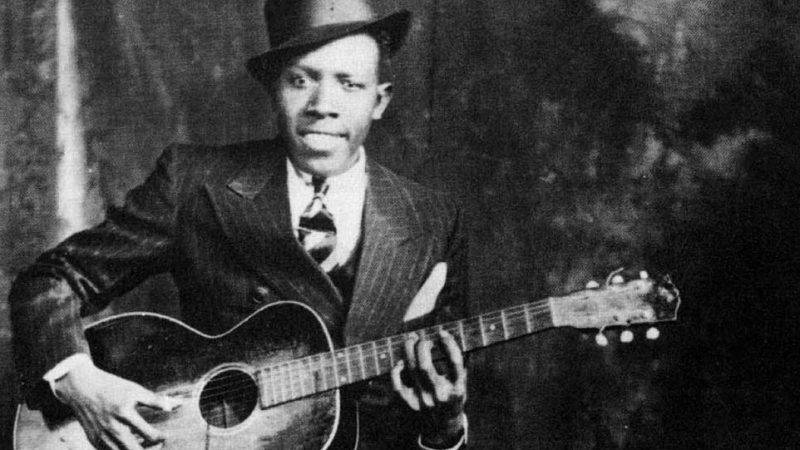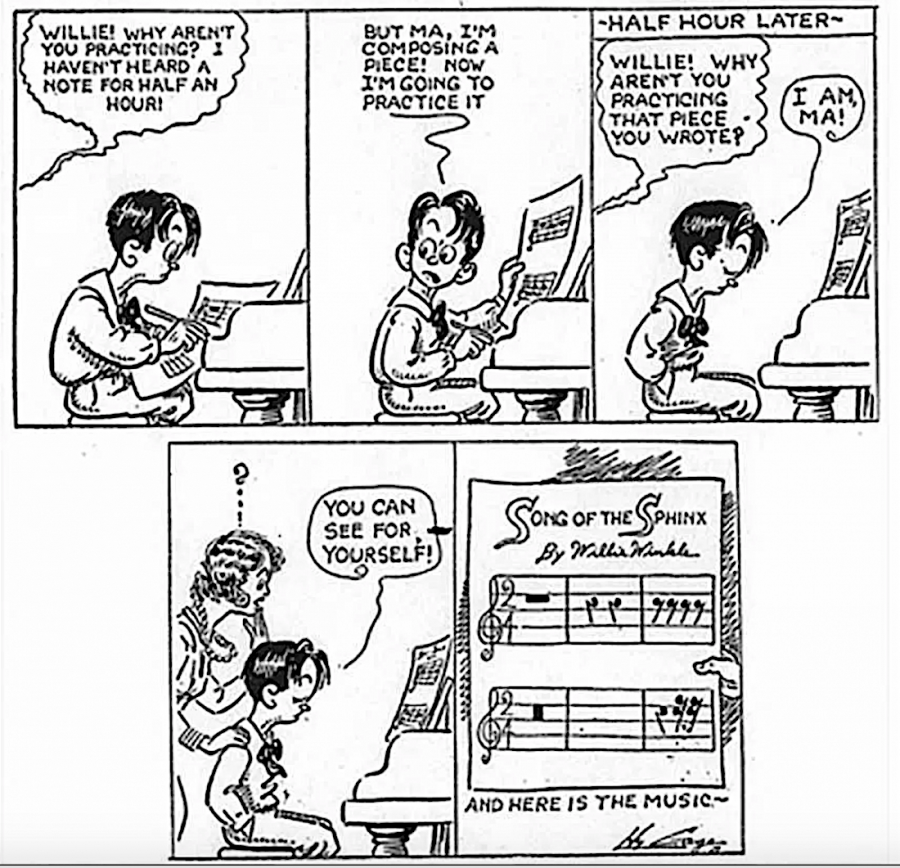Two years ago we posted about a music lover’s life’s work–Stephen Malinowski aka smalin on YouTube–and how he has produced animated, side-scrolling scores to classical music. Older folks will liken them to neon piano rolls. Youngun’s will see a bit of Guitar Hero or Rock Band game design in their march of colorful shapes dancing to everything from Bach to Debussy.
Malinowski let us know that he just recently completed a major work: adapting all of Beethoven’s String Quartets into his particular, always evolving style. And for this he turned to San Francisco’s Alexander String Quartet for their recordings. Says the animator:
I made my first graphical scores in the 1970s, my first animated graphical score in 1985, and the first of these for a movement of a Beethoven string quartet in 2010. In 2014 I began collaborating with the Alexander String Quartet on selected movements of Beethoven string quartets, and in the early months of 2019 we decided to honor the 250th anniversary of Beethoven’s birth by extending our collaboration to the full set. [Note: that anniversary will officially take place next year.]
One important point: Malinowski does not choose colors randomly or because they are pretty. Instead, he uses “Harmonic Coloring”:
I’ve assigned blue to be the “home pitch” (the tonic, notataed Roman numeral “I”) because that seemed the most “settled,” and chosen the blue-toward-red direction as the I‑toward‑V direction because motion toward the dominant (“V”) seems more “active” compared with motion toward the subdominant (“IV”).
This might not make sense just by reading it, but head to this page to see how the color wheel looks. There you can see how classical music has evolved from the Renaissance (mostly staying with the seven pitches in an octave) to the radical changes of Brahms and then through Debussy to Stravinsky, where it is a riot of color.
Beethoven wrote 16 string quartets between 1798 and 1826, as well as a Große Fuge included here that only had one movement, and gained a notoriety in its day as being a chaotic, inaccessible mess. (They were wrong). The last five, known at the Late Quartets, were written in the last three years of his life. He was completely deaf by this time, suffering from all sorts of medical issues, recovering from brushes with death, and yet… the Late Quartets are considered by many to be his masterpieces, even more notable given that he had come to the quartet form later than other composers and wracked with doubt about his talents.
The final movement of his final string quartet (No. 16) was the last complete work Beethoven would ever write. At the top of the score he wrote “Must it be? It must be!” Death was at the door.
For those ready to learn or ready to revisit these challenging works, Malinowski has made it a treat for the eyes as well as the ears. See the complete playlist of animated string quartets here. Or stream them all, from start to finish, below:
Related Content:
How Did Beethoven Compose His 9th Symphony After He Went Completely Deaf?
The Story of How Beethoven Helped Make It So That CDs Could Play 74 Minutes of Music
The Genius of J.S. Bach’s “Crab Canon” Visualized on a Möbius Strip
Ted Mills is a freelance writer on the arts who currently hosts the artist interview-based FunkZone Podcast and is the producer of KCRW’s Curious Coast. You can also follow him on Twitter at @tedmills, read his other arts writing at tedmills.com and/or watch his films here.



